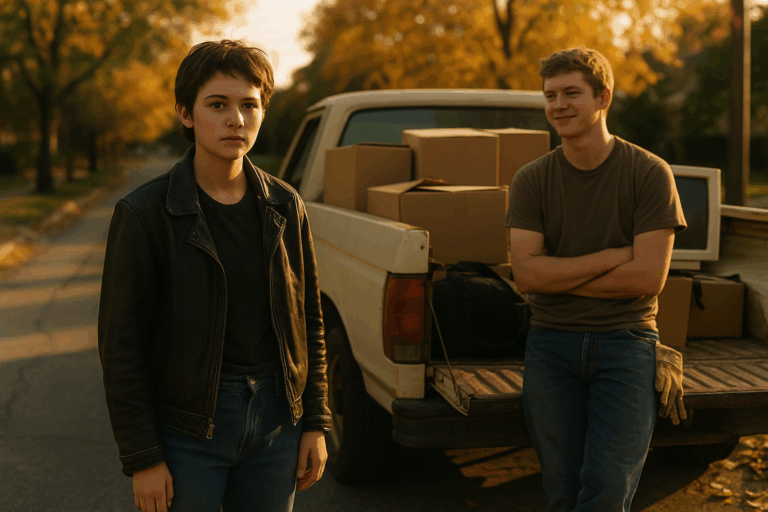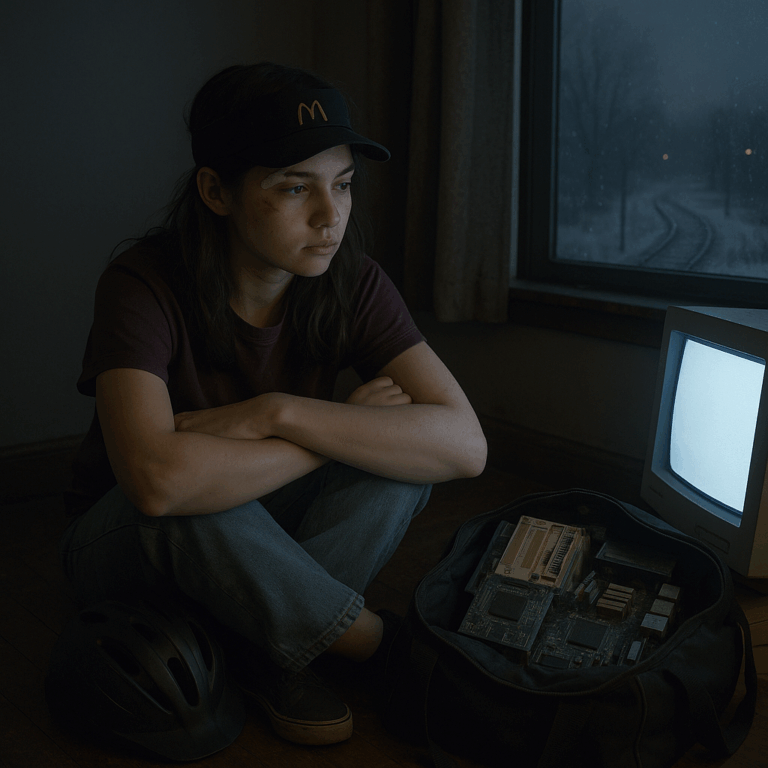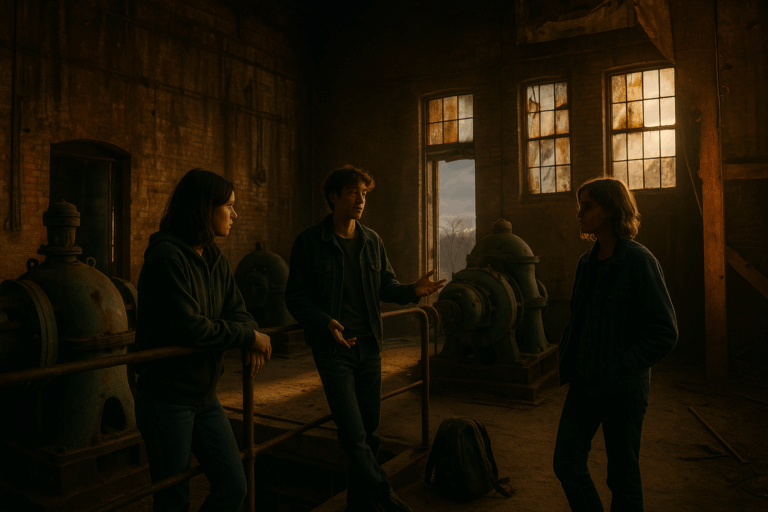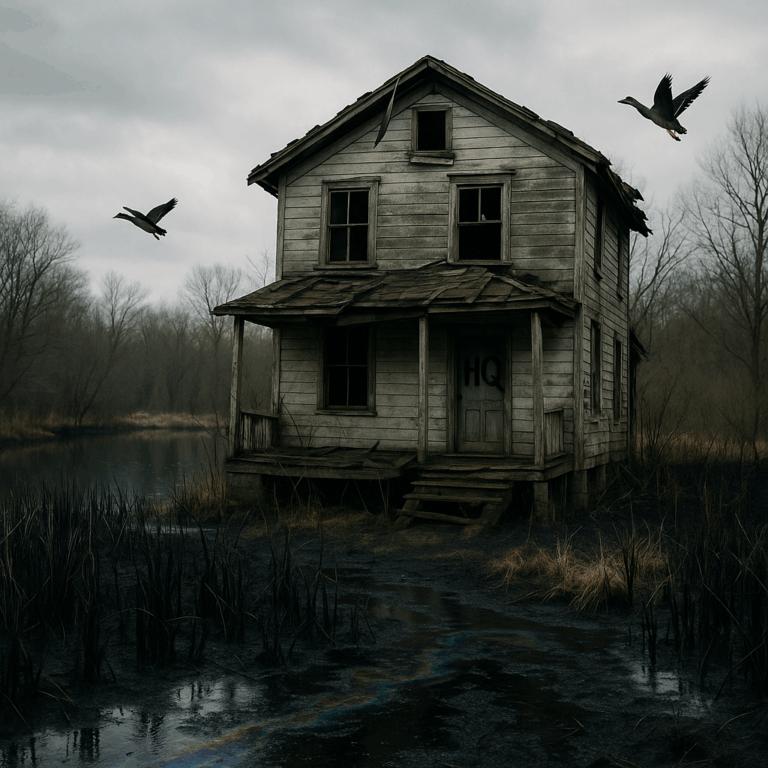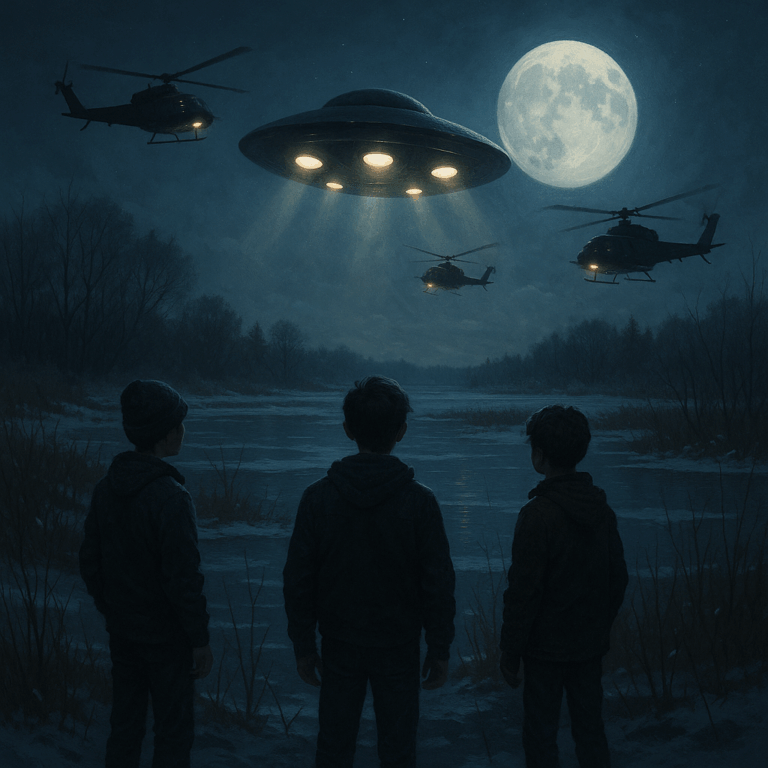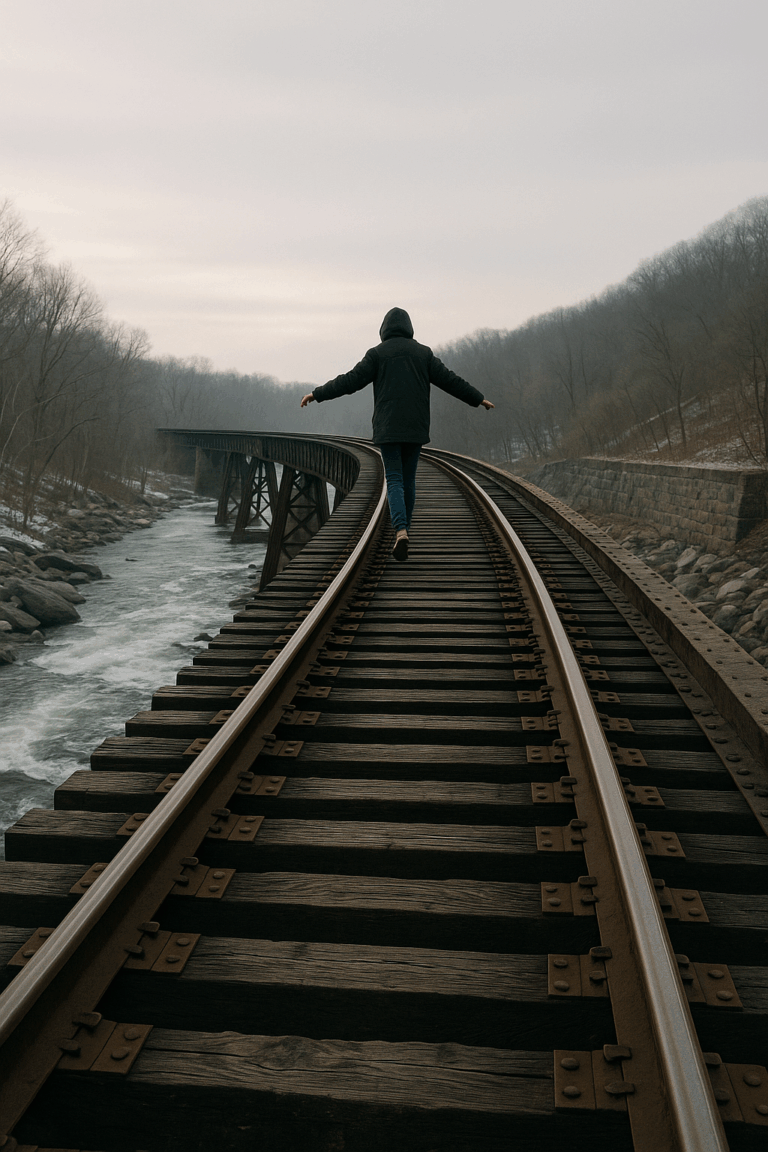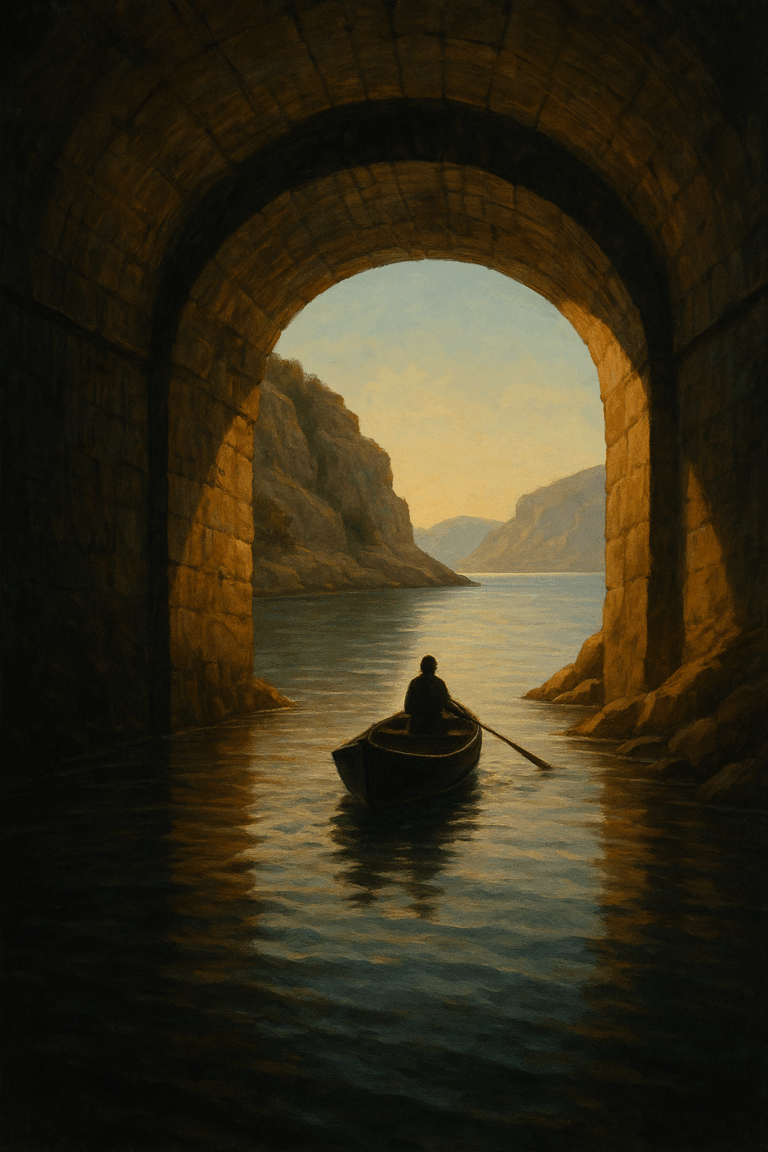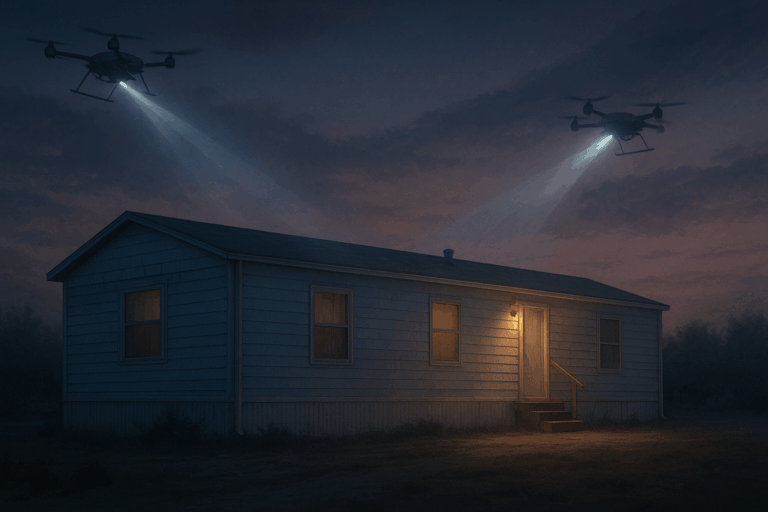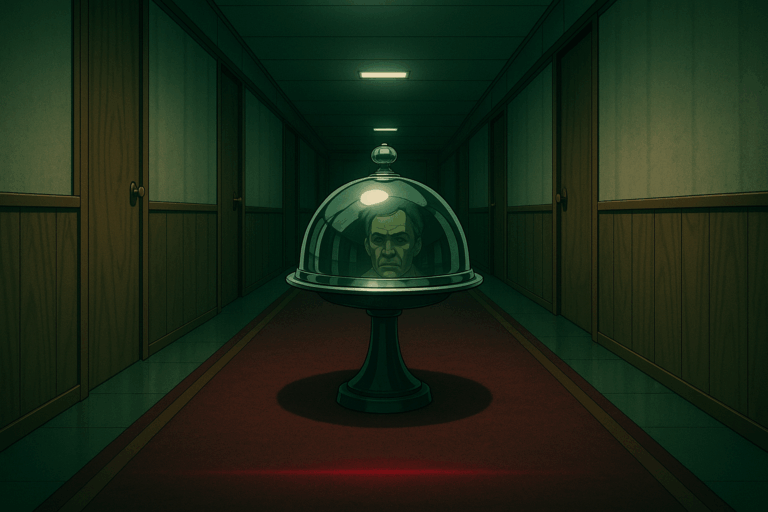On Separation Anxiety
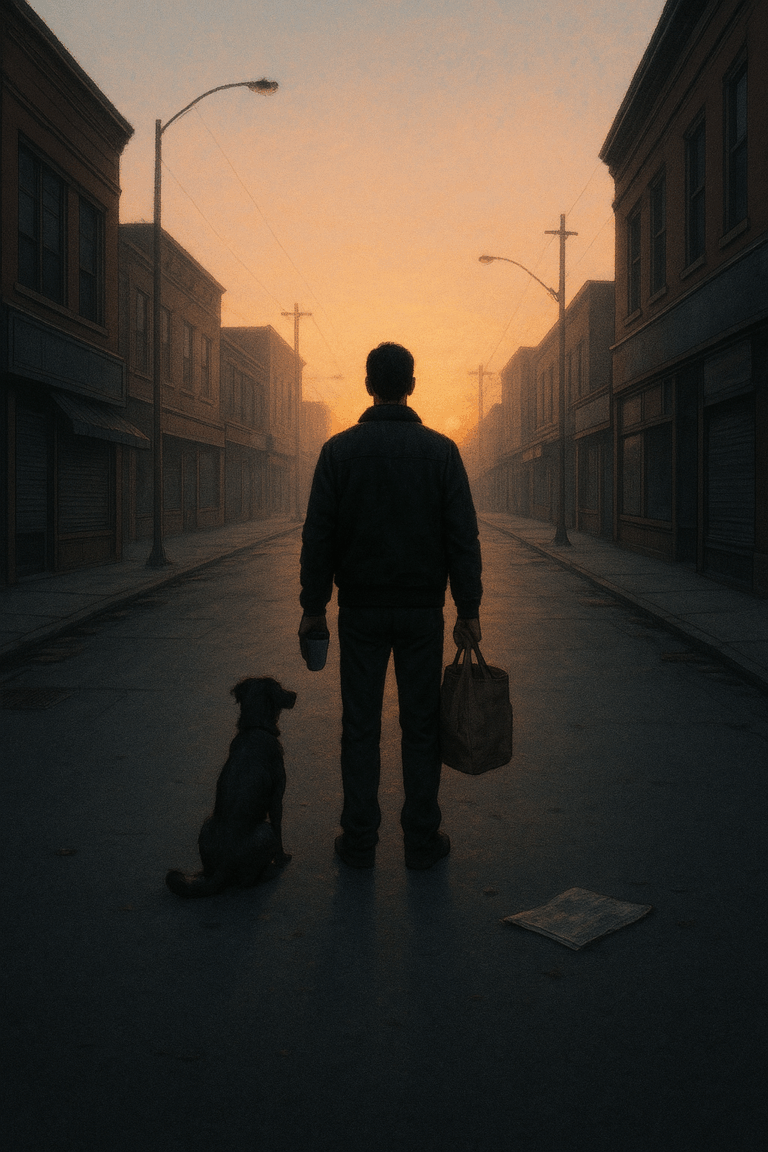
Separation Anxiety (from Last Man Standing)
A lone survivor wakes in a world emptied overnight of every other human voice. Pets still need feeding, coffee still goes stale, and the Internet hums with nothing new to say. Through small rituals—feeding the animals, raiding a gas-station for fried chicken, worrying about the morality of burglary—he builds a fragile code of civility to hold off the madness of absolute solitude. When the lights finally go out, he must decide whether survival itself is worth the effort.
Separation Anxiety is the opening movement of a planned cycle, Last Man Standing, in which different isolated souls confront the same inexplicable silence from their own corners of the world. Each chapter tests a different version of hope: endurance, denial, faith, and the temptation to give up entirely.
